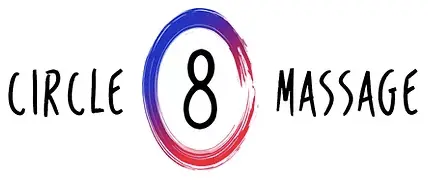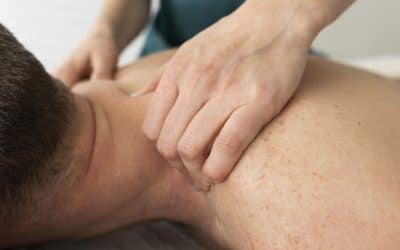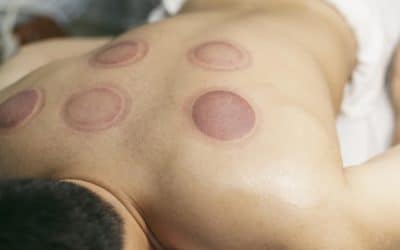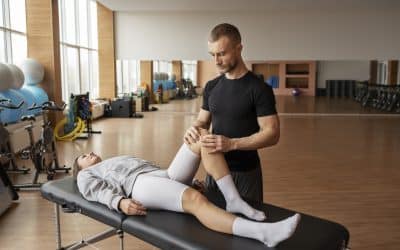Anterior Pelvic Tilt Causes and Symptoms
Anterior pelvic tilt is a common condition caused by the shortening of the hip flexors, as well as lengthening of the hip extensors, which leads to the elevated curvature of both the lower spine and upper back. This type of injury can cause painful, and debilitating symptoms often in the lower back, that often require treatment from a professional. In this article, we will be discussing some of the common causes of anterior pelvic tilt, the variety of symptoms that it can cause, and what treatment options are available.
Causes of Anterior Pelvic Tilt
An Anterior pelvic tilt is believed to have a variety of causes. The main and most common one is the changing of the spine’s shape. This is often as a result of a sedentary lifestyle, poor posture, spending long periods of time in a sitting position, or all of the above. The majority of these issues are associated with the hip flexors, which are the muscles that attach to the pelvis, lower back, and thigh bone. The hip flexors are used for activities like running, kicking, and bending at the hip. Genetics can also be a cause of anterior pelvic tilt. Regardless of the primary cause, anterior pelvic tilt can cause a range of motion problems throughout the upper and lower body.
Symptoms of Anterior Pelvic Tilt
For many, pain symptoms associated with anterior pelvic tilt are initially non-existent. In fact, many people with anterior pelvic tilt are not even aware that they are experiencing it. This means that the majority of people with anterior pelvic tilt may go years without seeking any sort of treatment. All the while, it could be impacting the shape of the spine and causing poor posture and lower back pain.
In some cases, anterior pelvic tilt will cause several pain symptoms that can include the following:
- Tightening of muscles in the thigh and pelvic region
- Weakening of the gluteus maximus and stomach muscles (see our blog on why having strong active glutes will make a massive difference)
- Knee pain
- Lower back pain and lower back tightness
- Pain on Hip Flexion or Hip Extension
While the symptoms mentioned above are commonly reported in relation to anterior pelvic tilt, it is unclear as to why or how an anterior pelvic tilt is causing them.
Treatment Options
The main goal in treating an anterior pelvic tilt is to reduce the tightness in the iliopsoas and lumbar extensor muscles. In some cases, it may be necessary to seek treatment from a medical professional. In most cases, however, you can visit a certified Leeds massage therapist who can use a variety of massage techniques to reduce the hypertonicity of the lumbar extensors.
It is important to note that while massage therapy can be a highly effective treatment option, the patient will need to make certain physical lifestyle changes for the treatment to have permanent, or long-standing, results. Most people suffering from anterior pelvic tilt will rapidly slip back into the same postural distortion associated with anterior pelvic tilt if they do not make certain lifestyle changes. This is why it is very important to add regularly stretching, and exercise, into your daily routine. If you suspect that you may be experiencing anterior pelvic tilt, you will want to book a consultation with a physician, or certified sports massage therapist in Leeds, who will discuss with you the best possible treatment plan for your specific needs.
Pop in to Circle 8 Massage in Leeds city centre today and see how a Sports massage or Deep tissue massage could help you with your lower back pain today and check out our BLOG on how to improve your posture.







